It’s the age-old dilemma for any car manufacturer: how to make a vehicle that appeals across multiple markets. Not only in looks and style, but also in the way it drives.
As Steve Swift – great name for the director of vehicle engineering at Polestar – told me recently: “The US likes a very soft car, while China is like the US only with bells on. They can put up with an incredible amount of shake that the Europeans, and especially the UK, would never tolerate.”
So what’s the answer? Trick dampers, if you believe the firm. The Polestar 2 is available with a set of Öhlins dual-flow valve units (for £5000, among other upgrades) and we’ve written about these before. With 22 ‘clicks’ to vary the damper settings, Matt Saunders thought the car was set up too harshly when he first drove one last summer.
Since then, Polestar has backed the settings off. Those original launch cars were set at eight front and rear, whereas customer cars are now softer and on 11.
Recently, we got to experience the full range of settings, from two/three (front/rear) all the way to 18/20. As you’d expect, they feel like completely different cars, one stiff and taut both on circuit and road, the other with more play and a sense of movement. It means the same 2 has, in theory, the possibility of appealing to the Chinese and us.
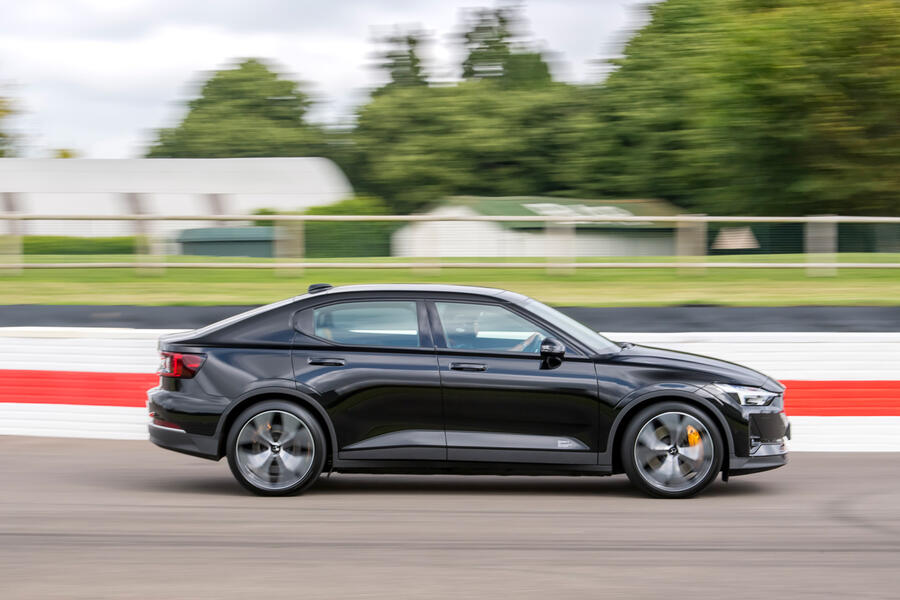
The key is that neither feels out of control. Even at the extremities of their settings, the dampers don’t cause the car to rattle or float, and they give a feeling of confidence and cohesion to the 2.
If it was me, I’d have them wound right off. The road comfort is better in 18/20, so they’re more suited to the pitted and weird asphalt in this country.















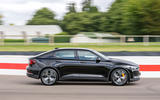
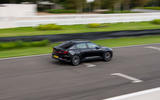

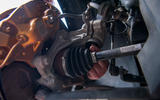







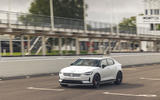
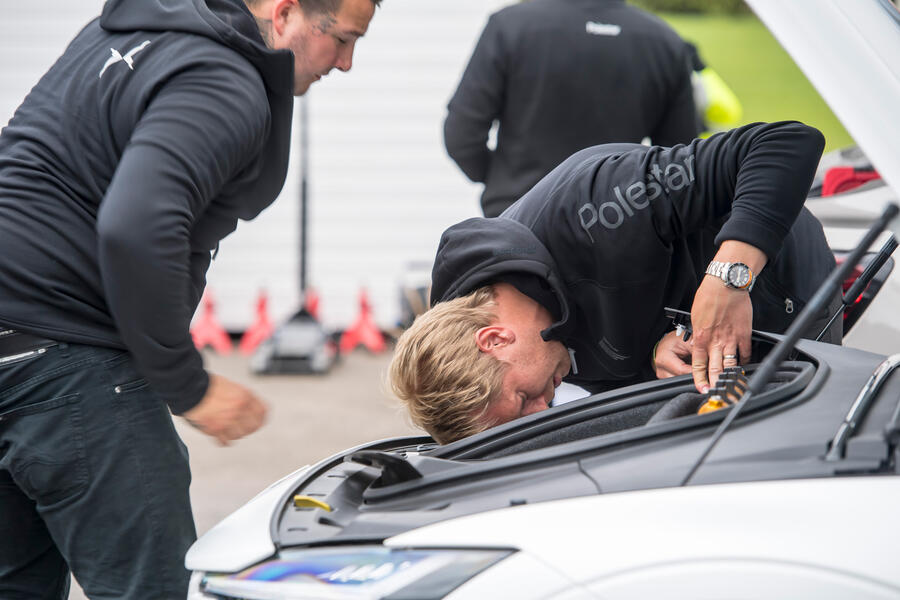

Join the debate
Add your comment
Since when did a £50,000 car become 'affordable', Autocar?!?!
I agree that dampers are extremely improtand for delivering good dynamics - on any car not just BEVs.
I find it interesting that the Polestar manually adjustable dampers have attracted so much press attention when most premium BEVs have at least the option of adaptive dampers. Theroetically the adaptive damper offers all the advantages of trick manual dampers but is superior as it reacts to individual road and driver inputs so it can be soft when cruising any yet offer more body control when needed. Adaptive dampers also have the advantage that you can (usually) change the setting at the press of a button, no need to break the spanners out!
It's a shame that the average car buyer doesn't know what adaptive dampers are and would rather spend £1000 on a bigger touch screen than increasing the range of their car's dynamic abilities.